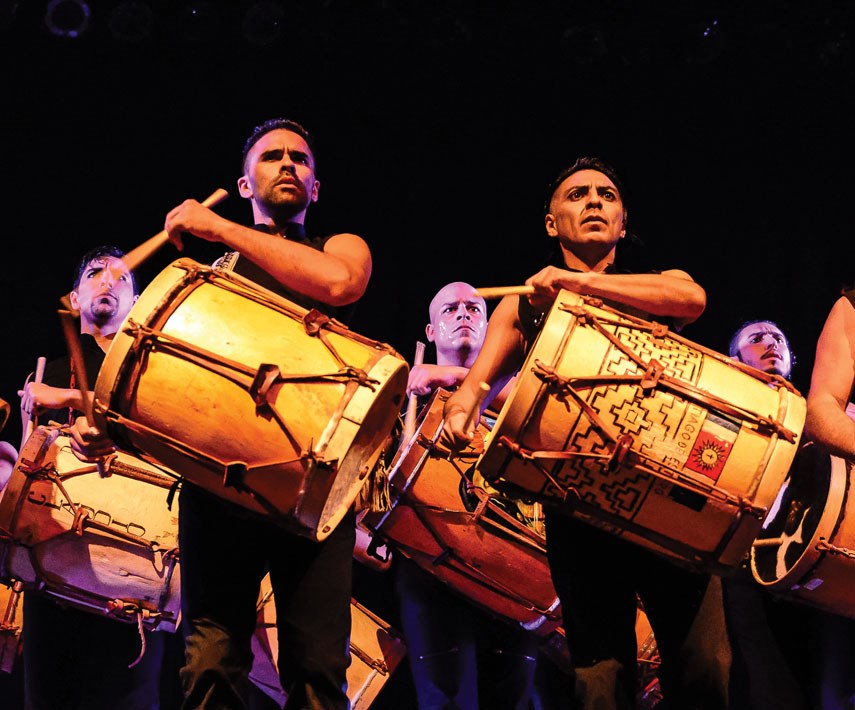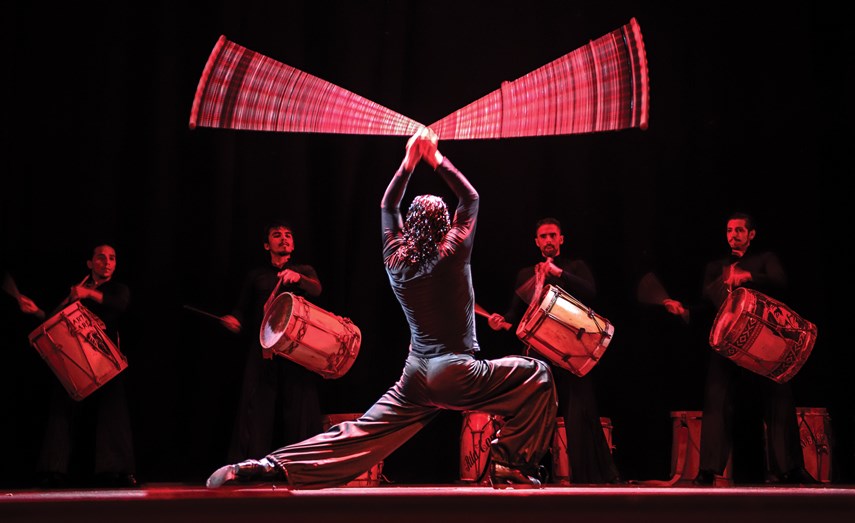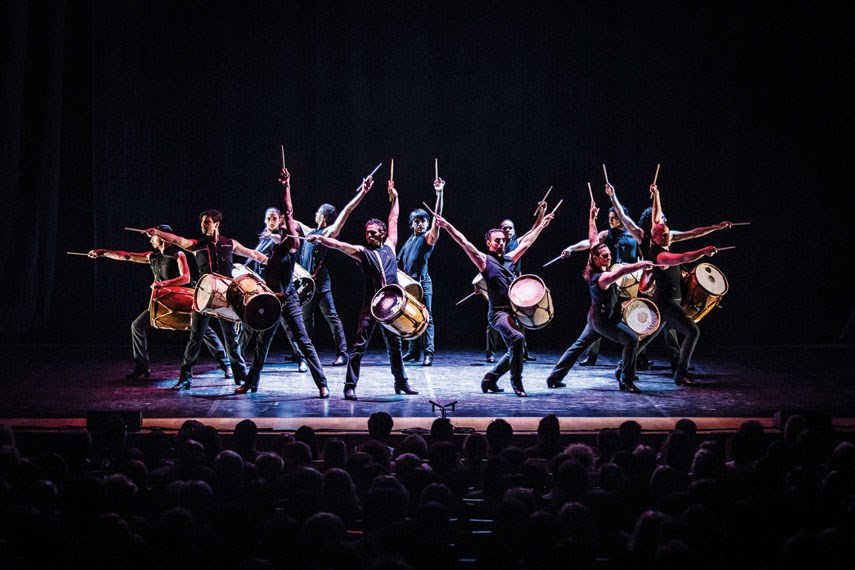Che Malambo dance ensemble performs April 11 at 8 p.m. (doors at 7 p.m.) at Queen Elizabeth Theatre. For more information visit vancouvercivictheatres.com/events/che-malambo-apr-11-2018.
Back by popular demand, the international dance group Che Malambo will be making a return visit to a city for the first time – and they’ve chosen Vancouver.
The 14-person ensemble from Argentina will be performing at the Queen Elizabeth Theatre April 11.
“We do about 25 to 30 North American cities every year, for three years in a row, so that’s almost 90 cities and we haven’t gone back to the same city yet, but we’re starting with Vancouver,” said Che Malambo manager Matthew Bledsoe.
Bledsoe said the first time the group performed in Vancouver, in 2015, the reception was so great that they were invited to come back, but it was really the city’s landscape that captivated the group to return.
“They were blown away by the mountains and just the landscape, it’s such a beautiful city. … They were saying, ‘Oh, hey, can we next time have a couple days off here so we can hang out?’” he shared with a laugh.
“Che” is a word commonly used by Argentines as a conversational filler. It has multiple meanings and could be considered the Argentine alternative to the common Canadian usage of “Eh.”
Malambo, on the other hand, is the traditional dance and music of the gaucho, the cowboys of South America, particularly Argentina. Traditionally a male dance, Malambo is a mix of percussive foot work, either barefoot or with boots, combined with the rhythm of West African drums.

The dance was traditionally a way for gauchos to stand their own ground and challenge each other.
The long-established dance has evolved into the modern performance audiences can now see in Che Malambo, a piece put together by French choreographer Gilles Brinas.
Initially, Brinas received backlash for modernizing the competitive duel dance, but after the flood of success the group has received throughout the years Argentines have become more accepting of Che Malambo.
“He took the old traditional kind of stiff Malambo, dusted it off a little bit, put it in a staged setting with an ensemble,” Bledsoe explained. “It’s not just two men, it’s (14) men and all of them dancing together in unison, which is never done before in Malambo.”
Brinas wanted to focus on the essence and power of the dance by trading in the traditional gaucho costume for sleek, all-black outfits.
Bledsoe explained how Brinas felt the men didn’t need costumes because “the energy was all of the adornment” the dancers needed.
Although the performance is modernized, Che Malambo sticks to the traditional roots by dancing with their bare feet and gaucho boots to the rhythm of drums and boleadoras, which are lassos with stone weights at the end that are native to gauchos. The dancers swing the boleadoras and slightly hit the surface of the stage to make a noise.
The production is flared up with the first half of the show as the powerful duel performance and the second as the “fiesta” section. During the second half of the show the audience is rewarded with singing, music, and uplifting dancing.
“The second half of the show you really see kind of a shift, it’s more of a group. … It’s kind of a happier tone. There’s no more competitive duel between them, it’s much more of a celebration,” Bledsoe said.

Bledsoe, who’s the senior vice president of the dance section of IMG Artists, a universal performing arts management company, signed the dance group
in 2015.
Bledsoe said for the dancers, the most important part of their performance is being able to share part of their culture
“For them it’s not a job, it’s a lifestyle and when they go on stage it’s not a performance it’s almost a display of pride and their heritage and their ancestors. They grew up in this,” he shared.
He recalled one of the first shows they had. It was during a performance in New York and after the show Bledsoe ran backstage to congratulate the dancers.
“There they were these super macho men crying and I really didn’t know what happened,” he said. “I said, ‘What’s going on?’ and they said, ‘For us to be here in New York and have that kind of reception from the audience and to share our culture, you don’t know what that means to us.’ So there’s a huge element of pride in what they do, they take it very seriously.”



